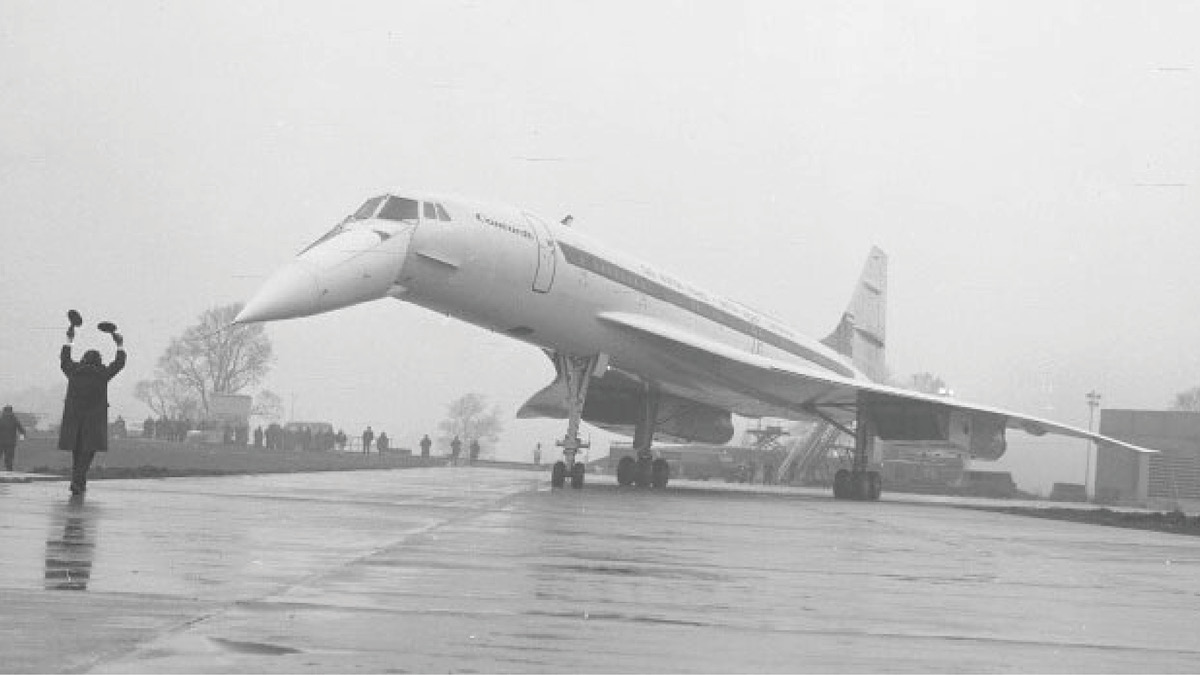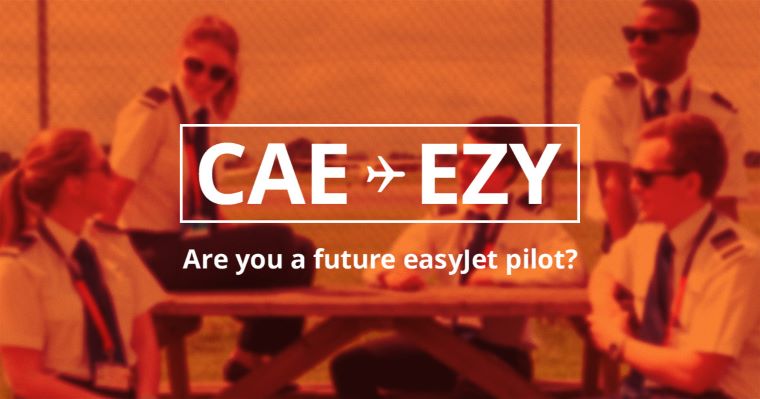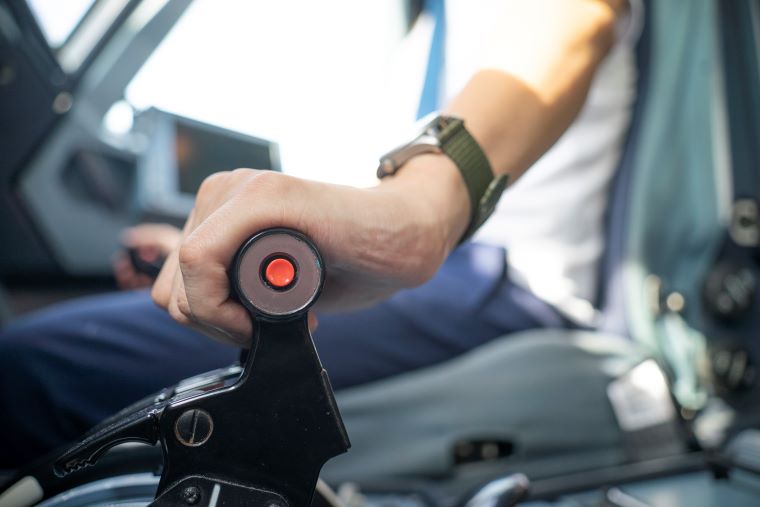Aircraft that changed aviation

Only July 20, 1969, Neil Armstrong set foot on the moon. Several months earlier, Concorde made its first test flight in Britain, making a small step for man and a giant leap for the aviation business. Thousands of awe-struck spectators watched the delta-shaped plane soar into the sky that day near Bristol, England. Called a "technological masterpiece", Concorde shrunk the world for its hundred passengers by flying more than twice the speed of sound. Jointly designed, built and tested by Britain and France, it was the first supersonic aircraft created for the commercial market.
Concorde transported an elite clientele in a way most of us could only dream about. The difference between it and a conventional aircraft is like a Rolls-Royce and a Cadillac. Concorde boasted a maximum cruising speed of 2,179 km (1,354 miles) per hour or Mach 2.04 versus 485 miles per hour on a commercial Boeing 737. Unless the pilot announced that the aircraft hit Mach 1 then Mach 2, passengers had no idea they were moving twice the speed of sound.
It entered service in 1976 and continued flying for the next 27 years, making regular transatlantic flights from London and Paris to New York in less than half the time of other airliners.
Flying supersonic wasn’t only fast, it was luxurious too. Concorde attracted a fan base of aviation enthusiasts and high profile passengers like celebrities and politicians, making aircraft tickets soar. On board, passengers enjoyed a menu that featured Dom Perignon champagne, caviar and lobster canapés. Customers were also offered Havana cigars on a regular basis.
Place settings consisted of fine china, engraved glassware, and silverware.
But all good things must come to an end. Over the years, social pressure over concerns with the aircraft’s nose and sonic boom led to the cancellation of virtually all orders for the aircraft.
Ultimately, only 20 Concordes were ever built. In October 2003, after just under 50,000 supersonic flights, the last commercial flight of Concorde took place. Today, most of the 20 Concorde aircraft sit in museums or airports. The aerospace marvel that cracked the sound barrier daily, shuttling 100-odd passengers at a time from New York to London in only three hours and 45 minutes, is now silent.
The advances represented by Concorde were a step-change in the evolution of aircraft. The aviation industry will always owe a major debt of gratitude to the Concorde.
welcome aboard the new airside
We took our community to the next level with an elevated look, innovative features, and new tools.


